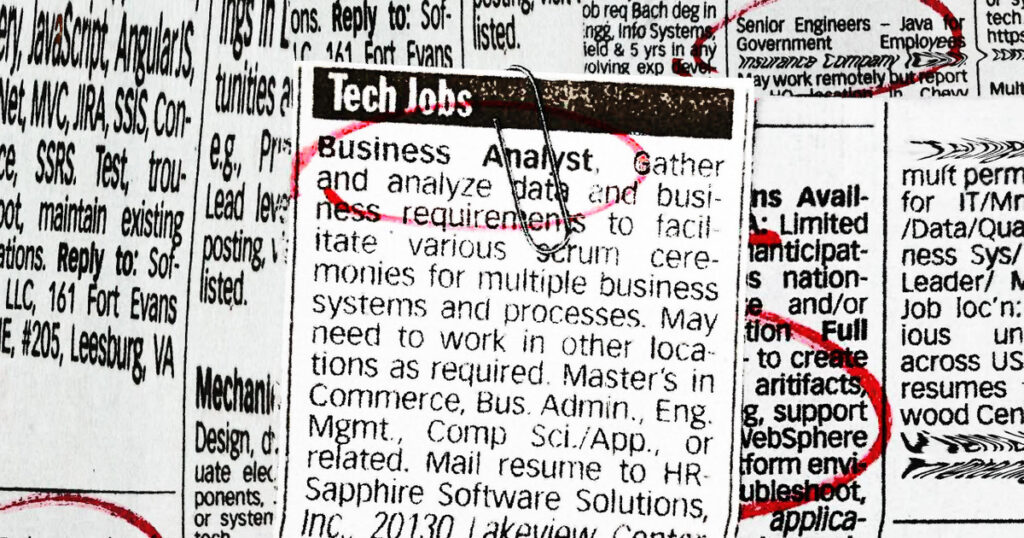The article delves into the often overlooked process by which many foreign workers on temporary H-1B visas secure green cards for permanent residency in the U.S. The focus is on the PERM system, where employers must demonstrate efforts to hire U.S. workers before sponsoring foreign employees. However, the system has been criticized for its flaws and susceptibility to abuse.
The article highlights the discrepancy between the demand for tech workers and the challenges faced by American tech workers seeking employment. It describes the process of responding to job listings in Sunday classified ads, which are a mandatory part of the PERM process. The investigation includes visits to companies like Sapphire Software Solutions and Optimum Systems, revealing the complexities and ambiguities surrounding these job postings.
Furthermore, the article discusses the historical context of the PERM system’s creation, its evolution, and the criticisms it has faced over the years. It addresses issues such as the exploitation of the system by employers, the impact on wages in the tech industry, and the struggles faced by American tech workers in light of these practices.
The narrative also touches on recent legal actions against companies like Facebook and Apple for alleged discrimination in their hiring practices related to the PERM process. Despite these challenges and criticisms, the article portrays a system that has endured largely unchanged, protected by various interests and a lack of significant reform efforts.
Overall, the article sheds light on the complexities and controversies surrounding the PERM system and its implications for both foreign and domestic tech workers, calling for a reevaluation and potential reform of the current immigration landscape related to employment-based green cards.

